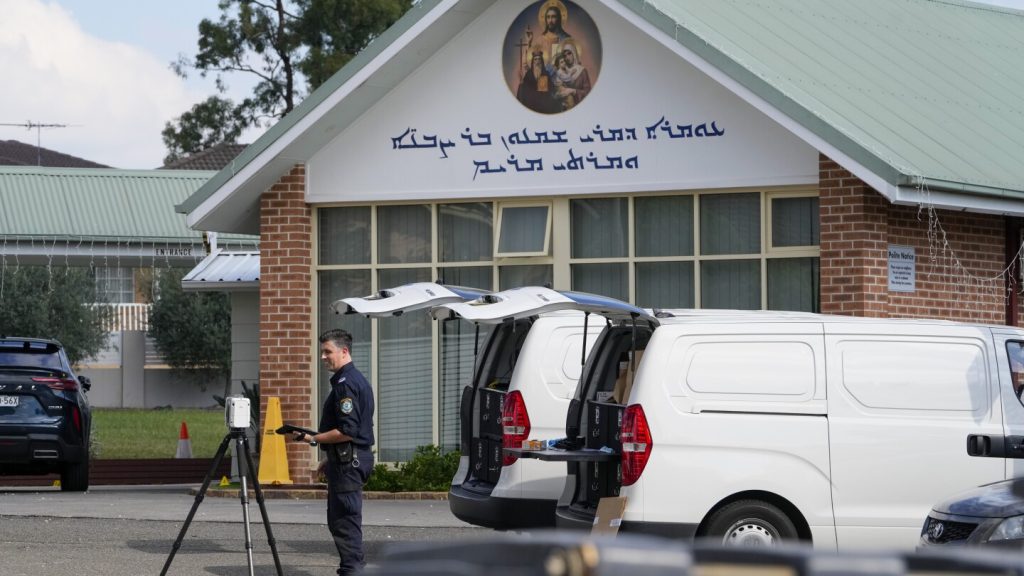An Australian judge has lifted a ban on social media platform X showing Australians a video of a bishop being stabbed in a Sydney church. The temporary ban was put in place on April 22, but the judge rejected the application from Australia’s eSafety Commission to extend the court order that would have expired Monday. This decision was a win for the company rebranded by billionaire Elon Musk when he bought Twitter last year as X was the only social media platform refusing to remove the video. Musk has argued that he is standing up for freedom of speech principle, while Australian lawmakers have accused him of arrogance and lacking social responsibility.
Musk posted on X after the ruling, stating that he was not trying to win anything, rather he believes in not suppressing Australians’ rights to free speech. X is also taking a separate court action against eSafety Commissioner Julie Inman Grant, challenging the validity of her notice requiring the platform to remove the video of the April 15 attack. Assistant Treasurer Stephen Jones mentioned that the government might consider changing Australian law after reading Justice Geoffrey Kennett’s reasons for lifting the order that required X to hide the video from users. Jones supported Inman Grant’s stance on the video, stating that she made the right decision to prevent the propagation of dangerous and violent material online.
A 16-year-old boy was charged with terrorism-related offenses in the stabbings of the bishop and a priest who were injured in the attack. X has geoblocked Australian users from the content, but eSafety is pushing for a worldwide ban on the video, which can still be accessed from Australia through VPNs. An eSafety lawyer described X as a “market leader in proliferating and distributing violent content and violent and extremist material,” arguing that Australia cannot be expected to conform to X’s pro-free speech stance. X’s lawyer defended the platform’s actions, stating that they had taken reasonable steps to block the content from Australia but there were some glitches in the process.
The dispute between X and eSafety highlights the clash between freedom of speech and regulatory control of harmful content online. X’s lawyer criticized eSafety’s demand for a global ban, calling it astonishing and invalid. The lawyer argued that regulating what content concerning Australia can be viewed globally would lead to extreme isolationism in terms of content control. The case raises important questions about the role of social media platforms in regulating harmful material and the extent to which they should comply with national laws and regulations. The decision to lift the ban on the video underscores the ongoing debate surrounding free speech and content moderation on the internet.


